ITC is an umbrella term which refers to all forms of spirit communication using any kind of electrical instrument, the best known method of ITC is electronic voice phenomenon or EVP, which is a small sub-set of the wider topic of ITC.
The term Instrumental Trans-Communication was coined in the 1970s by Prof Ernst Senkowski, a scientists with a background in experimental physics who went on to conduct experiments to try to find out the source of unexplained voices on audio tapes, this is of course known as EVP.
The term ITC isn't limited to audio devices, it encompasses any communication between the living and spirits or other supernatural entities through any electronic device. This can be anything from tape recorders through to computers, and in more recent years ghost hunting gadgets such as smartphone apps.
ITC also covers visual forms of communication, normally conducted with the use of a television and video camera feedback loop, which creates the Droste effect, where a picture recursively appears within itself or simply by observing patterns in static. One famous example of this occurred on the day of the funeral of EVP researcher Friedrich Jürgenson. His colleague had tuned his television set to an empty channel so that it just showed static. He claims that Jürgenson's face appeared on the screen.
Jürgenson himself had gained notoriety in the EVP world after he captured audio recordings of two voices while recording bird songs in the wild, one was a male, the other was the voice of his mother. He conducted his research two decades before the term ITC was coined in the 70s, but the field of research dates back even further.
The first known experimentation of spirit communication using electronic devices was conducted by a priest named Roberto Landell de Moura in 1910. He used a small box-like device that he could speak in to and voices would answer back. The inner workings of his box were kept secret, which is a little suspicious as Landell was a pioneer in developing voice transmission technologies.
One of the best known names involved in early ITC experimentation was the American inventor and businessman, who has been described as America's greatest inventor of all time, Thomas Edison. In the 1920s it's believed that he was working on what has been called "Edison's telephone to the dead", but his work was never completed before his death in 1931. The device was based on the inventors firm belief that consciousness lives on after death. He is quoted as saying, "if our personality survives, then it is strictly logical or scientific to assume that it retains memory, intellect, other faculties and knowledge that we acquire on this earth. Therefore, if we can evolve an instrument so delicate as to be affected by our personality as it survives in the next life, such an instrument, when made available, ought to record something."
One of the most fascinating cases of early ITC was demonstrated by Marcello Bacci. Starting in 1974, over a period of about 20 years, Bacci gave public performances of his spirit communication technology to an audience in Grosseto, Italy. Audience members were given the chance to hear the voices of their deceased loved ones.
Exactly how Bacci's spirit radio worked was a closely guarded secret, all is known was that the radio relied upon white noise in the short-wave radio band. During his demonstrations the white noise would die down and the voice of a spirit would clearly come through.
Many skeptics tried to debunk Bacci's work and the experiments were carried out in controlled conditions, but the results were the same, even when the radio was isolated inside a Faraday cage, which blocks all external radio and electrical signals.
Today ITC is more actively investigated by parapsychologists and spiritualists than ever before. The array of devices available to carry out experiments is endless. Long gone are the days of secretive devices, modern paranormal investigators can get their hands on plenty of commercially available gadgets.
The first of these modern devices was the Frank's Box, named after its creator Frank Sumption, which he developed in 2002. There are many similar devices available on the market today, they're now generally referred to as ghost boxes or spirit boxes. The most common being the P-SB7 and P-SB11 spirit boxes.
They work by scanning through the AM, MW and FM radio spectrum. As it does, fleeting bursts of white noise and static can be heard. Spirit boxes usually have various settings which allow you to tweak which bands the device scans through and how much of each frequency step you hear, this usually ranges from a hundredth of a second up to a second. The belief is that spirits can use the radio frequencies as well as the white noise between the frequencies to communicate with the device's user.
Another popular modern form of ITC is electronic speech synthesis, like the Ovilus and Echovox. These type of devices can be quite expensive, however there are cheaper versions available as apps for smartphones. They work as either random word generators, or by generating random sounds, the phonics that make up words. It's said that spirits can affect the random nature of these devices to form intelligent responses to the user's questions.
Most devices of this type use atmospheric sensors to generate its random output. They monitor conditions such as temperature, pressure, humidity, and electromagnetic flux. It uses these signals as a random number generator and this number is used to reference a database of words or sounds. The atmospheric sensors give the spirits a way to influence the random nature of the device.
An EMF meter can also be used as a form of ITC, but only when used for communication as opposed to taking baseline electromagnetic field measurements or when looking for EM spikes.
An EMF meter, or electromagnetic field meter, is one of the most popular pieces of ghost hunting kit. They are simple to use, often consisting of nothing more than an on/off switch. They detect and alert you to fluctuations and spikes in EM flux, the device gives instant feedback via a digital display or LED indicator.
The belief within the paranormal community is that
ghosts either emit an EM field or they disrupt the ambient field. This is based on the fact that the human brain uses minute electronic impulses and that it's this synaptic energy of a disembodied spirit that EMF meters can detect.
In order to use an EMF meter to communicate with spirits the user should encourage the spirits to come forward and try to trigger the lights on the EMF meter to show that they are present or to indicate an answer to a question.
These are just a few of the commonly used electronic devices in the ITC field, but the list doesn't end here. Over the years there have been reports of just about every type of electrical device being used to communicate with spirits, from telephones and fax machines through to battery powered children's toys and flashlights.
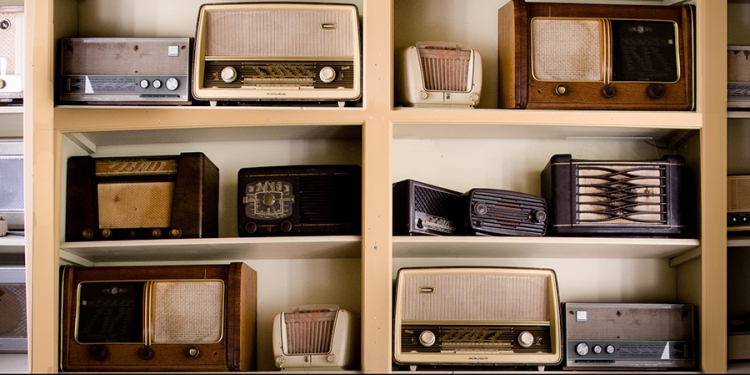

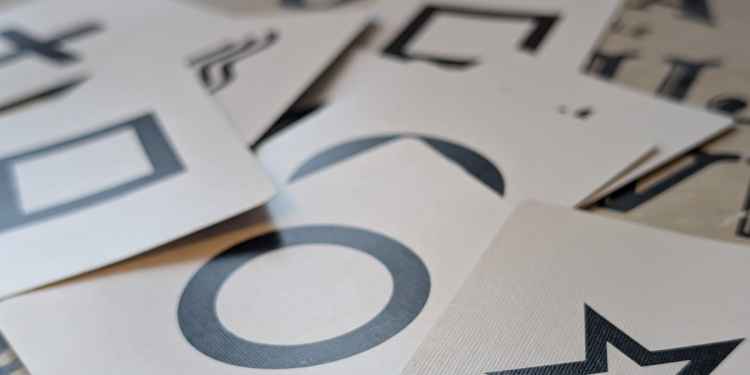
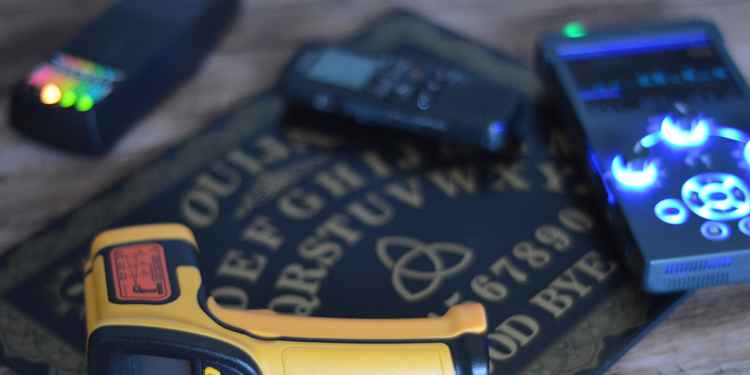

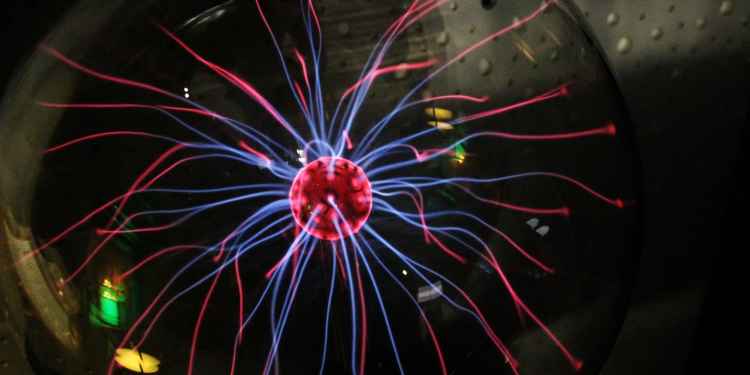
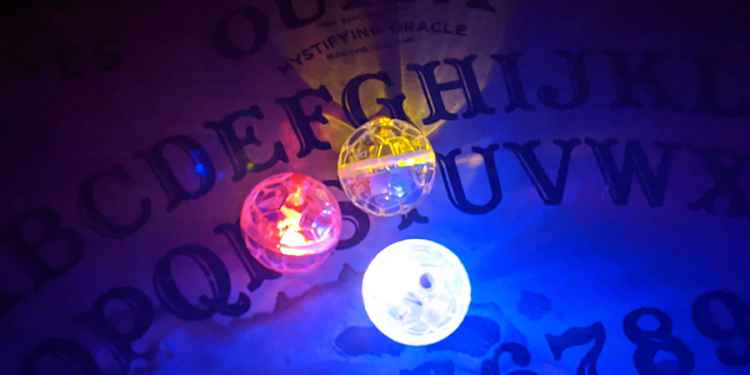

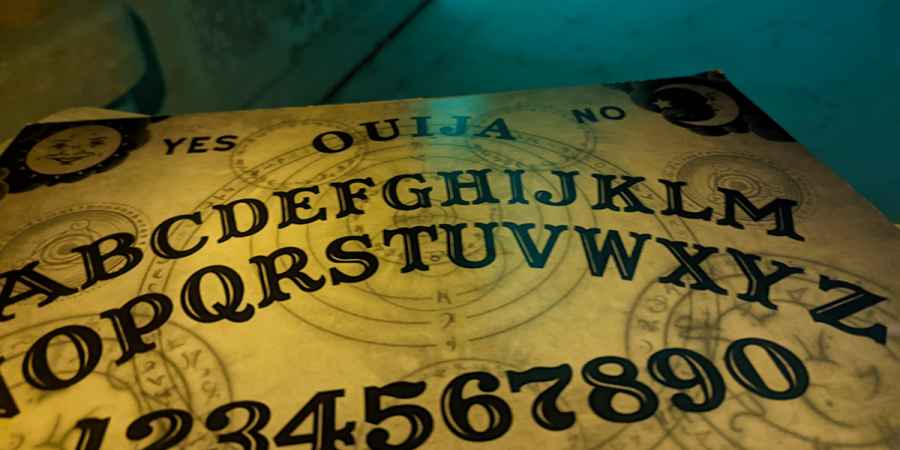
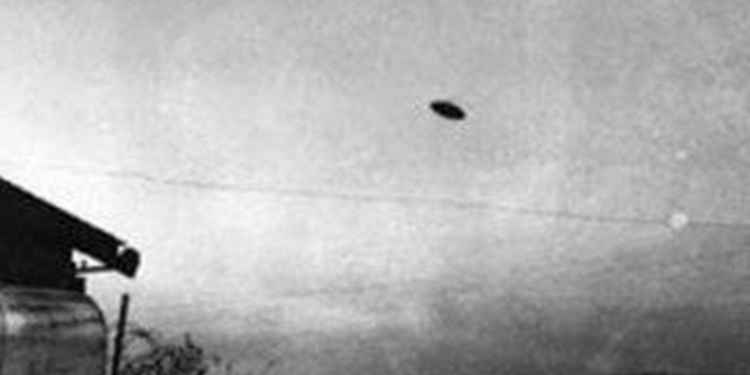
 See More on Audible
See More on Audible
Comments
Want To Join The Conversation?
Sign in or create an account to leave a comment.
Sign In
Create Account
Account Settings
Be the first to comment.